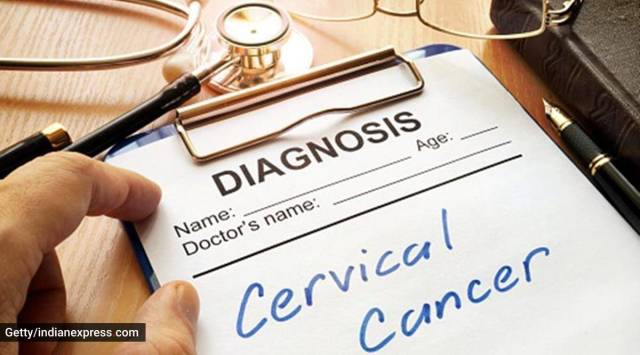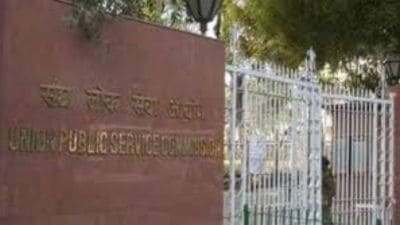- India
- International
Cervical Cancer Awareness Month: Four things every woman should know
HPV is the most common viral infection of the reproductive tract. Most sexually-active women contract the infection at some point in their lives with or without symptoms, says a doctor
 All women between 21-65 years should get regular pap smears done every 3 years. (Getty Images/Thinkstock)
All women between 21-65 years should get regular pap smears done every 3 years. (Getty Images/Thinkstock)Cervical cancer is the fourth-most common cancer in women around the world, with India contributing to one-fourth of the cases. The country sees about 1,22,844 cases of cervical cancer every year and accounts for one-third of the global cancer deaths.
“These figures are alarming because unlike most other cancers, there are effective screening methods to detect women who are likely to develop cancer in the future, and detect it at an early stage. This apart, we have vaccinations against the Human Papillomavirus (HPV) that has been identified as the causative agent in more than 99 per cent of cervical cancers,” says Dr Geeth Monnappa, consultant obstetrician and gynaecologist, Fortis La Femme Hospital, Richmond Road, Bangalore.
According to the doctor, there are a few things every woman should know about cervical cancer; read on.
1. What causes cervical cancer?
HPV causes most of the cancers and it takes 15-20 years from contracting the infection to developing cancer. This gives a large window to identify women at high risk of developing cancer.
“Gardasil 9, now available in India, protects against seven high-risk strains causing cancer and two strains that cause genital warts, and confers better protection in comparison to older vaccines. If given to all girls prior to the onset of sexual activity, it can result in a drastic reduction of the number of cervical cancers,” Dr Monnappa says.

HPV is the most common viral infection of the reproductive tract. Most sexually-active women contract the infection at some point in their lives with or without symptoms.
There are more than 100 types of HPV, of which about 14 strains are the high-risk types responsible for cancer. Most infections in women clear without any intervention within 2 years. In a few, the high-risk strains of the virus persist in the body beyond 2 years, get integrated with the cells and progress to cervical cancer. Regular screening is the key for early detection.
2. Warning signs and symptoms
– Abnormal bleeding: Excessive bleeding during the menstrual cycle, bleeding in-between the periods or bleeding after intercourse needs immediate attention and evaluation.
– Postmenopausal bleeding: Bleeding after cessation of periods for a year needs a complete evaluation to rule out cancers of the uterus and cervix.
– Foul smelling discharge from vagina: Although this is often due to vaginal infection, vaginal discharge emitting a foul odour could be a symptom of cervical cancer.
– Severe lower-back strain: This often occurs in advanced stages of cervical cancer.
3. Importance of early detection
What is it?
It looks for changes in the cells of the cervix that might become cancerous.
How is it done?
It’s done as an outpatient procedure, where a metal or plastic instrument is inserted to widen the vagina and visualise the mouth of the uterus (cervix). A few cells are taken from the cervix for microscopic examination.
Is it painful?
One may feel a slight discomfort similar to that felt during a vaginal examination.
Who should get it done?
All women between 21-65 years should get regular pap smears done every 3 years. If a woman is screened with HPV DNA along with a pap smear after 25 years (preferred over pap test alone), the screening interval can be increased to 5 years.
When can one stop screening for cervical cancer?
After 65 years if the previous 3 reports have been normal, and after a hysterectomy (removal of the uterus) for a non-cancerous condition.
Should one continue to screen after taking the HPV vaccine?
Yes, since the vaccine is not 100 per cent effective against cervical cancer and doesn’t cover all high-risk strains of the virus.
4. A cancer that can be prevented
HPV vaccine
Ideal age for vaccination: 9-14 years before the onset of sexual activity.
Dosage: 2 doses 6 months apart.
After 15-45 years: 3 doses recommended.
“Safe sexual practices, use of condoms, limiting the number of sexual partners can reduce the risk of developing an HPV infection and cancer,” the doctor explains.
📣 For more lifestyle news, follow us on Instagram | Twitter | Facebook and don’t miss out on the latest updates!
Apr 16: Latest News
- 01
- 02
- 03
- 04
- 05

























